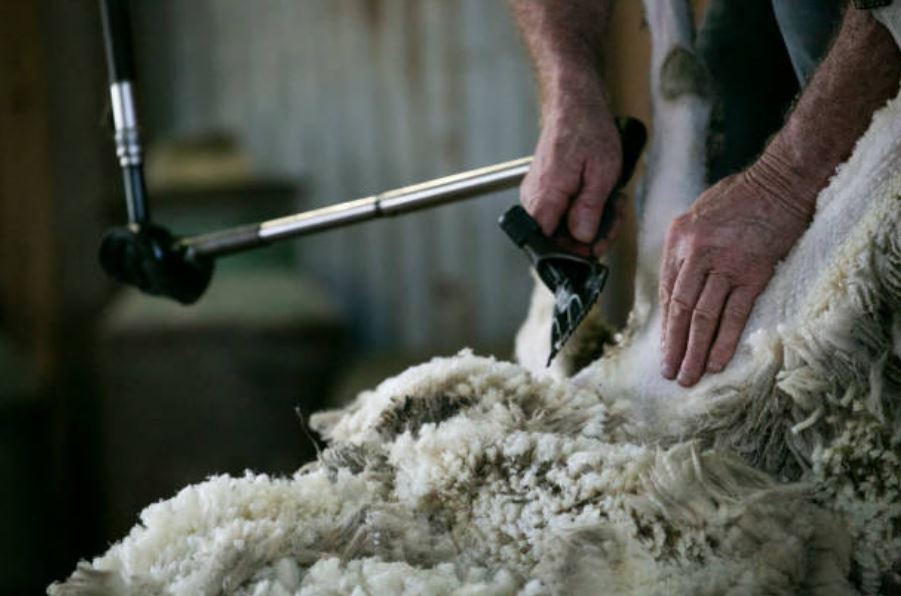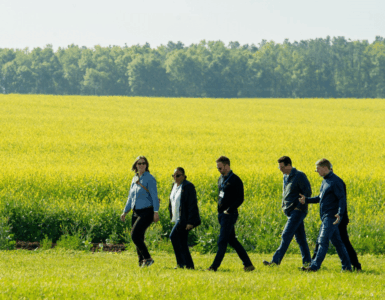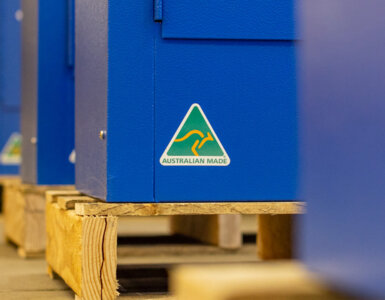The future is here! Robotic shearing is tipped to feature in Aussie shearing sheds in the not too distant future.
The Australian Wool Institute’s (AWI) $10 million project, in partnership with Ranken Research and Robo Shear, aims to develop a prototype machine for fully automated end to end wool harvesting.
Why you may ask? Because there is a national shortage in shearers, despite the rising global demand for wool and record high prices per kilogram.
According to a 2016 report from the Australian Bureau of Statistics, there are about 2,800 shearers and 73 million sheep in the country.
Despite historic peaks in wool prices last year, shearers are leaving the industry to pursue generally, less labour intensive, opportunities.

So how does the machine work?
Jointed mechanical arms driven by electric motors and computer programs have been built to reach the back and sides of the sheep – the most important parts of the fleece.
This is where it gets a little complicated. The process works with a camera capturing 3D imagery of sheep during the various stages of the shearing process. That data is then used to reconstruct what the sheep would look like without wool, which is fed into the robot when it begins shearing.
According to AWI, the machine is not intended to replace shearers but to be used in conjunction with traditional shearing methods.
“I think Australia’s wool industry is ready for innovation,” National Farmers Federation (NFF) President Fiona Simson said, who is excited by the prospect of change in the wool industry.
We have to move with the times. We have to innovate. We have to bring in new improvements.
“The romanticism of the old outback that people knew and the old farms that people knew are being replaced by lots of technology.
“I’m really confident we can embrace that in wool as well … while protecting the welfare of both animals and workers,” Ms Simson said.







































Add comment